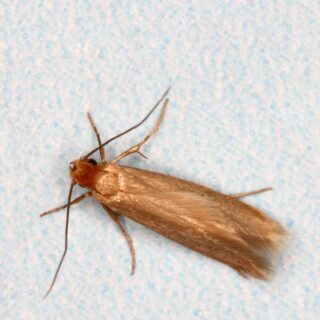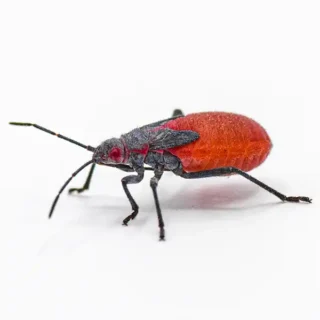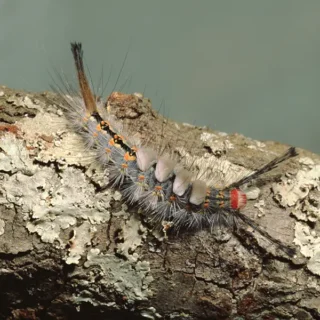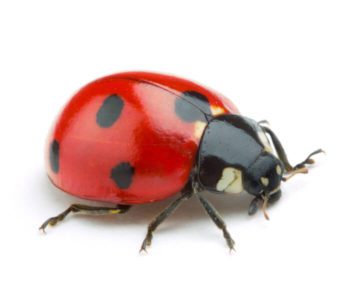Firebrats in Florida
Firebrats are common throughout Florida, especially in urban and suburban areas. Ranging from 1/2 to 3/4 inch in length, these nocturnal pests thrive in warm, humid environments. They remain active throughout the year, but their numbers do dwindle in colder winters. However, they can survive indoors if they find a warm, sheltered spot. Their adaptability to indoor conditions allows them to persist as household pests, often damaging stored items such as paper, books, and clothing.
Firebrat Habitat
Firebrats love to be surrounded by warmth, making urban and suburban areas perfect habitats for them. These tiny insects are often found in kitchens, bathrooms, and laundry rooms within homes and buildings. They are drawn to heat sources like furnaces, boilers, and hot water pipes, where they seek warmth and moisture. Outside, firebrats take shelter under rocks, leaf litter, and in sheltered spots near buildings. As nocturnal pests, they are active at night and hide during the day to avoid light or disturbances.
Firebrat Behaviors, Threats, or Dangers
Firebrats are pests that can quickly reproduce and spread in your home, though they are typically not harmful. They don’t bite or sting, but they can contaminate food. These insects are known to damage household items like books, paper, fabrics, and even wallpaper by feeding on them. They can also taint stored food supplies. Additionally, firebrats may worsen allergies and asthma in sensitive individuals due to their shed skin and droppings. To reduce the risks of a firebrat infestation, it’s helpful to lower humidity, seal cracks and gaps, and minimize food sources. If you notice a significant number of firebrats in your home, contact local pest control experts for assistance.





